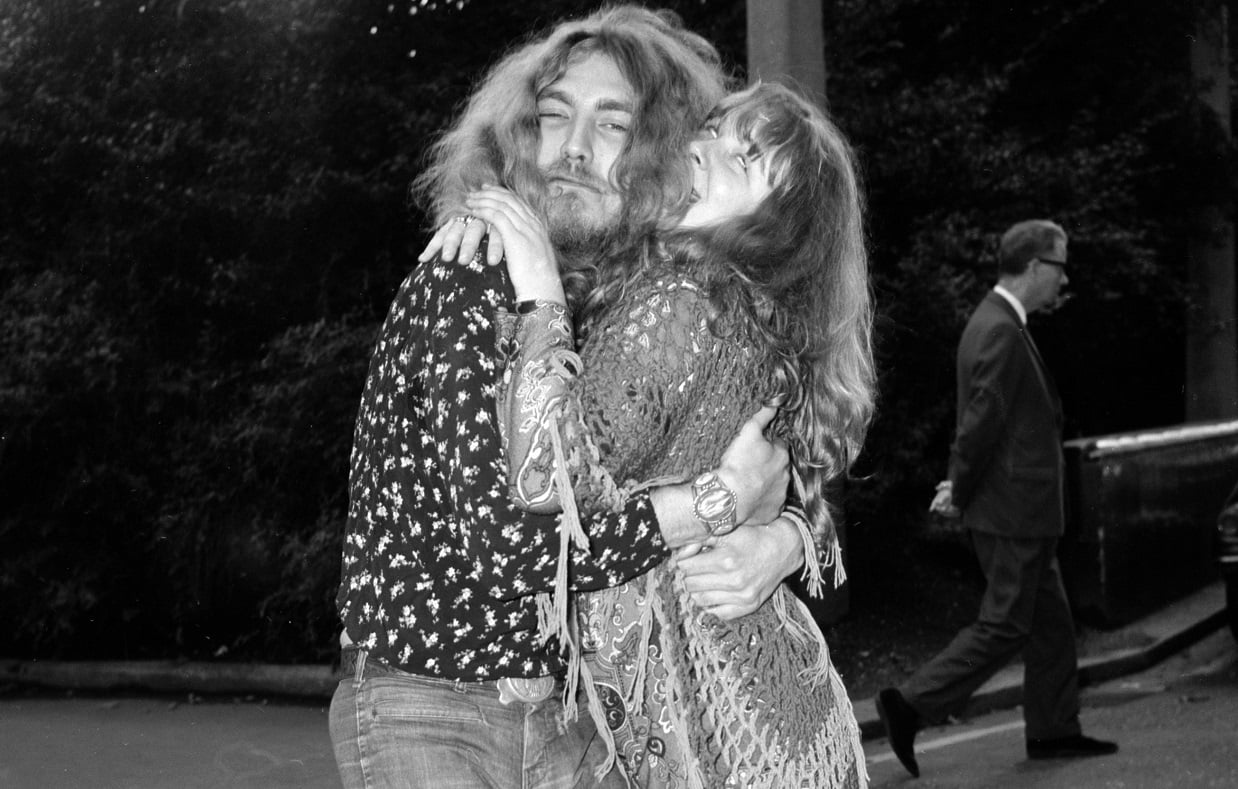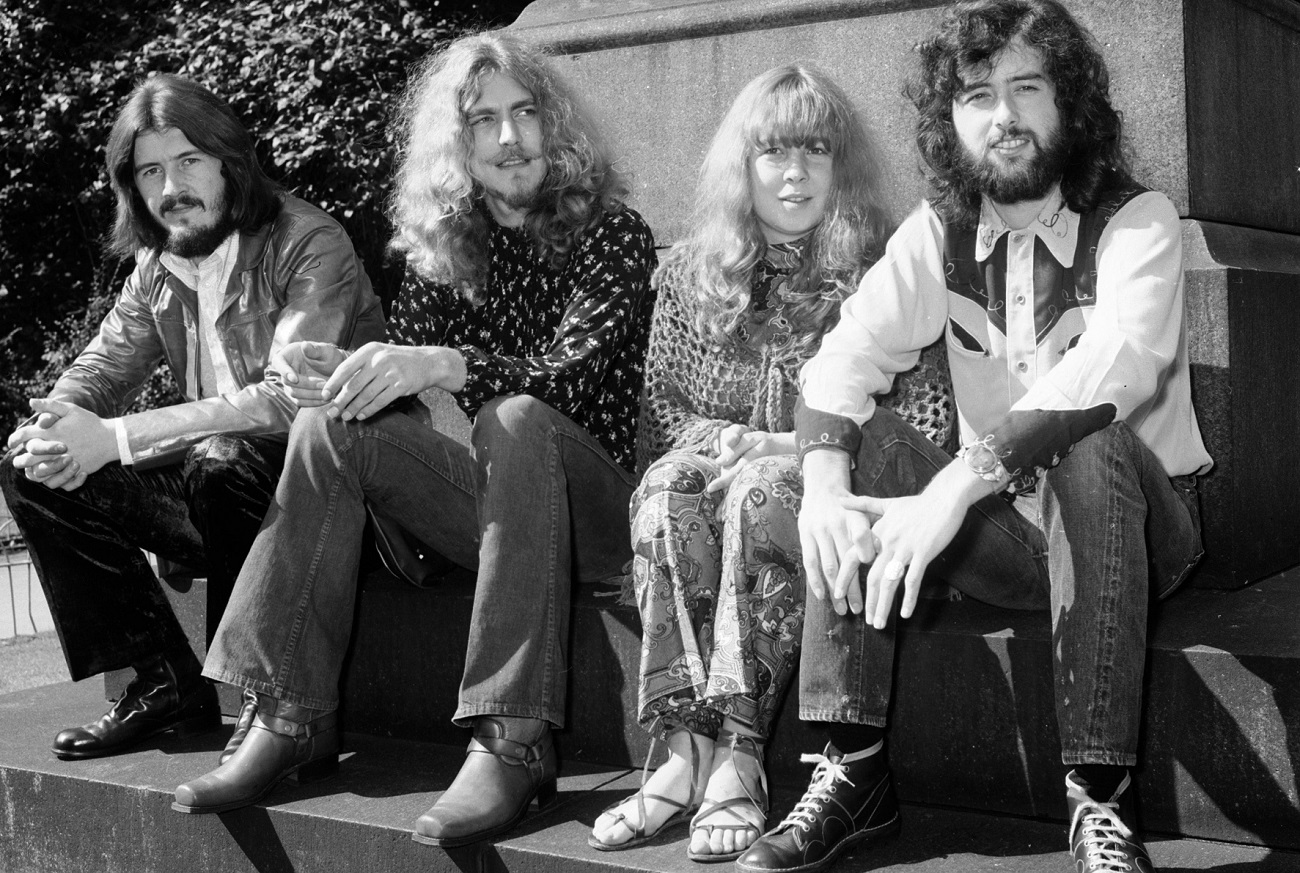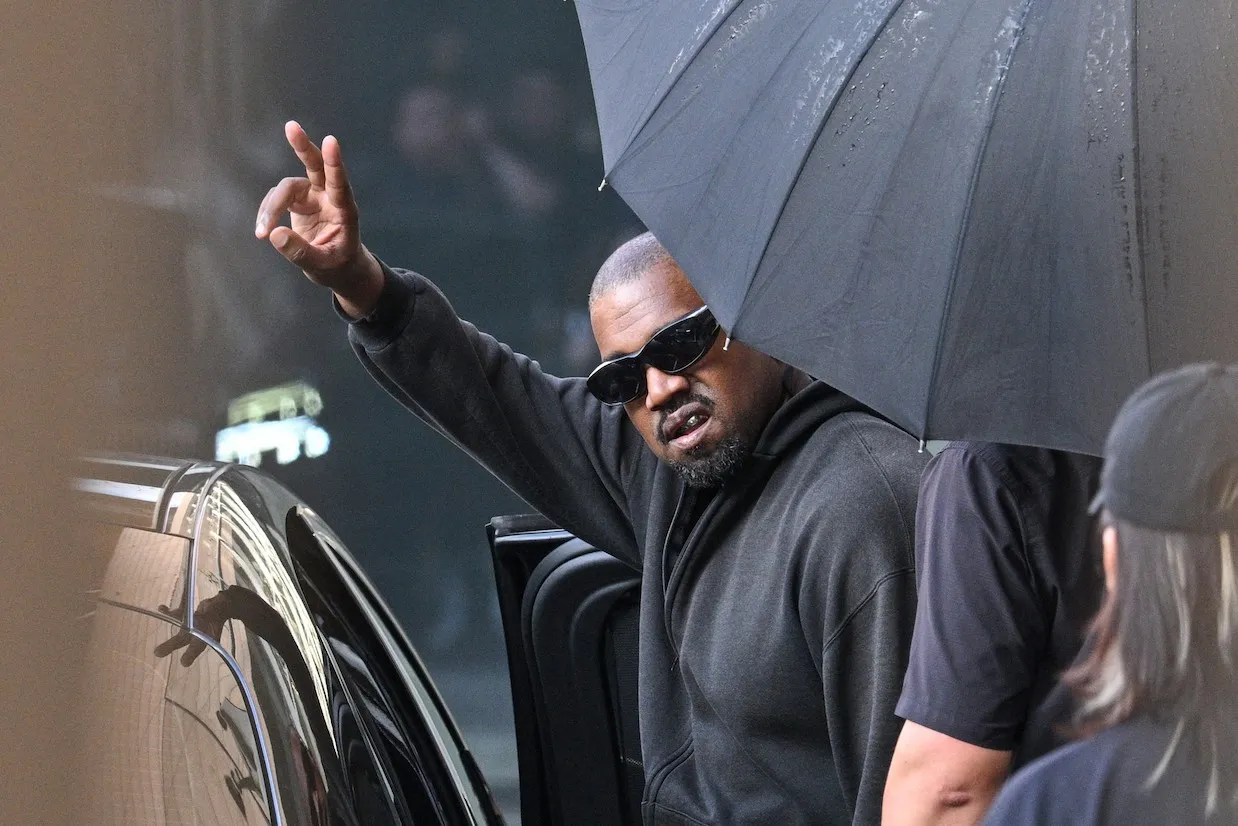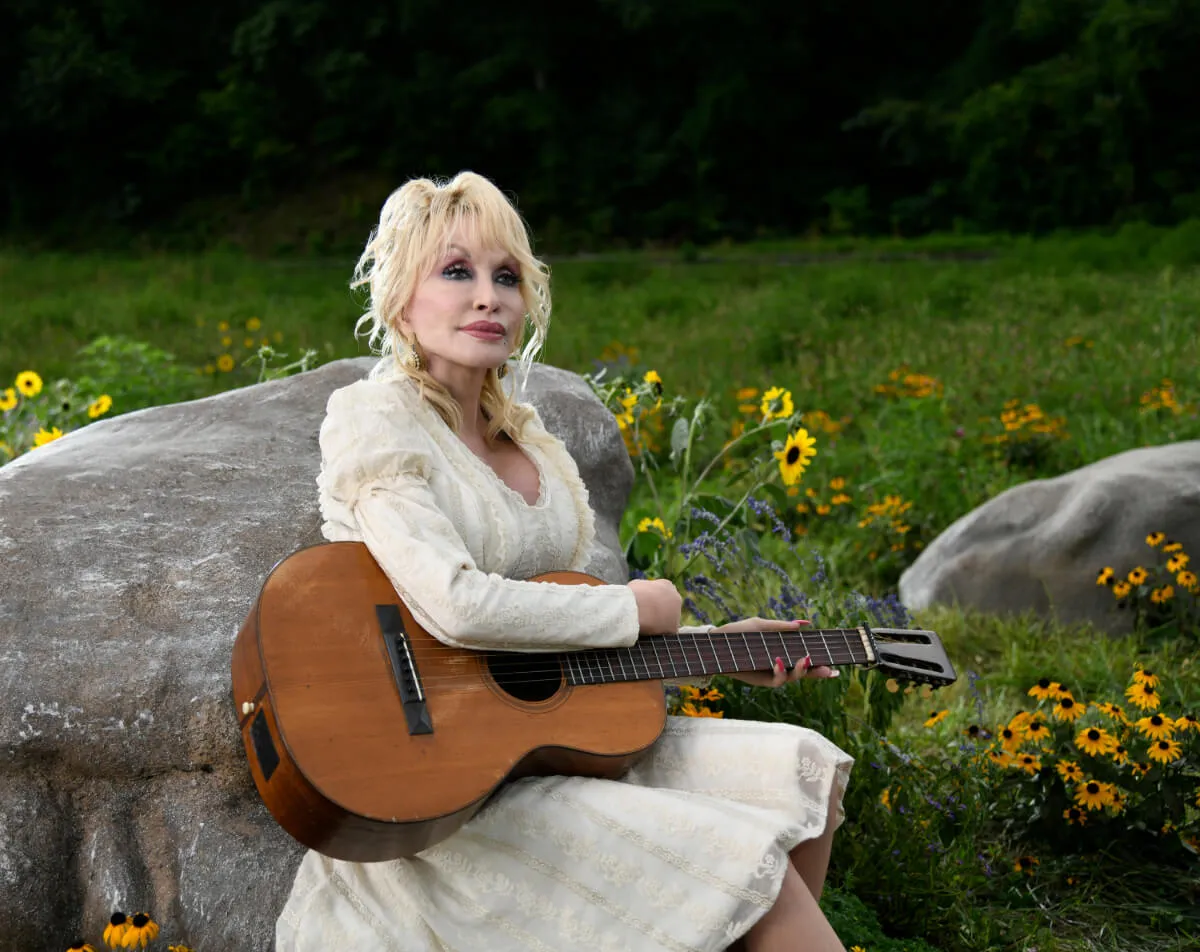Led Zeppelin’s ‘The Battle of Evermore’: Behind Sandy Denny’s Appearance as 2nd Vocalist
Led Zeppelin recording sessions were closed to other musicians. You didn’t have, say, an inebriated Brian Jones shuffling into the studio to play bad piano on a take. Zeppelin’s quartet was airtight, and you could count the number of outside musicians the band featured on one hand.
Basically, if it wasn’t Ian Stewart on piano, you’re hearing a member of Zep playing on those records. On the vocal side, the list is even shorter. Robert Plant sang every lead line except the ones Sandy Denny took on their duet “The Battle of Evermore.”
As for bringing in Denny to sing with Plant on Led Zeppelin IV (1971), that decision came easy. Not only were members of the Zep friends with her; they were also fans of the folk-rock group Denny had fronted.
Led Zeppelin knew Sandy Denny long before ‘The Battle of Evermore’

The members of Zeppelin obviously loved folk music, and Fairport Convention (the folk-rock band Denny fronted in the late ’60s) was one of the groups the band admired. Though Denny left Fairport Convention around 1970, the group’s Liege and Leaf (1969) made a sustained run on the U.K. charts around that time.
Later in ’70, when Melody Maker announced the winners of its annual awards, Led Zeppelin (most popular group) and Denny (top female vocalist) won in their respective categories. (They all posed together for pictures that day.) But the Zep and Denny went back before then.
“Sandy Denny was big mates with Jimmy [Page] from their school days,” Fairport Convention bassist Dave Pegg recalled in Led Zeppelin: The Oral History of the World’s Greatest Rock Band. “She knew Jimmy from way back when she was at art school.”
But the idea to bring in Denny originated with Plant, who’d befriended her years earlier as well. “Sandy and I were friends,” he recalled in the same oral history. “It was the most obvious thing to ask her to sing on ‘The Battle of Evermore.'”
Denny got her own symbol on the ‘Led Zeppelin IV’ inner sleeve

When you refer to Zep’s untitled fourth album, you could call it a variety of different things. Some refer to it as “The Four Symbols.” Others call it “Zoso” or “Runes.” And some go with its numerical place in the Zep catalogue (i.e., Led Zeppelin IV). The confusion came from the packaging.
Wanting the music to speak for itself, the members of Zeppelin refused to have the band’s name or an album title on the LP cover. Once fans looked inside, they didn’t see names, either. All they got were four symbols, each of which represented a band member.
The exception was Denny. Along with a note — “Sandy Denny appears courtesy of Island Records” — Denny got her own symbol (three connected triangles). For a band that rarely stepped outside of its core four, that stands as quite a compliment.
“She fit right in — sang like a nightingale, with Robert singing at the same time,” engineer Andy Johns recalled in the Zep oral history. “If it suffered from a naïveté and tweeness, it makes up for it in the cohesion of the voices and the playing,” Plant agreed.


